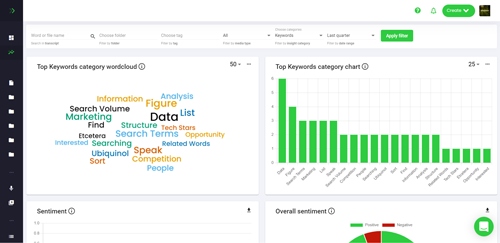Narrative Analysis Vs Thematic Analysis: Understanding the Difference
As researchers and data analysts, it’s important to understand the difference between narrative analysis and thematic analysis. Both are qualitative research methods used to analyze text-based data. While there are some similarities between the two, understanding the differences between them can help you decide which approach is best for your research project.
What Is Narrative Analysis?
Narrative analysis is a form of qualitative data analysis that focuses on the content of the text. It’s often used to study the stories, values, and beliefs of individuals or groups by analyzing the language they use. Narrative analysis can be used to uncover deeper meanings in stories, interactions, and conversations.
What Is Thematic Analysis?
Thematic analysis is a type of qualitative data analysis that involves coding and categorizing data to identify and analyze themes. It’s used to answer research questions by examining patterns, connections, and relationships between themes. Thematic analysis requires the researcher to systematically identify, analyze, and interpret patterns in the data.
Differences Between Narrative Analysis and Thematic Analysis
The main difference between narrative analysis and thematic analysis is the focus of the analysis. Narrative analysis focuses on the content of the text, while thematic analysis focuses on the patterns and themes in the data.
Narrative Analysis
Narrative analysis involves analyzing the content of the text to uncover meanings and stories. It involves looking at the language and structure of the text to identify themes, values, and beliefs. Narrative analysis is often used to gain a deeper understanding of a person’s life story or experience.
Thematic Analysis
Thematic analysis involves coding and categorizing data to identify patterns and relationships between themes. It’s often used to answer research questions by examining the themes in the data. Thematic analysis requires the researcher to systematically identify, analyze, and interpret patterns in the data.
Conclusion
Both narrative analysis and thematic analysis are valuable qualitative research methods used to analyze text-based data. While the two approaches have some similarities, understanding the differences between them can help you decide which approach is best for your research project. Narrative analysis involves analyzing the content of the text to uncover meanings and stories, while thematic analysis involves coding and categorizing data to identify patterns and relationships between themes.
For more information on narrative and thematic analysis, be sure to check out the USC Libraries Writing Center and the Qualitative Research Journal. You can also find more information on qualitative research methods from the SAGE Qualitative Research Methods book.
By understanding the differences between narrative and thematic analysis, you can choose the best approach for your research project.



